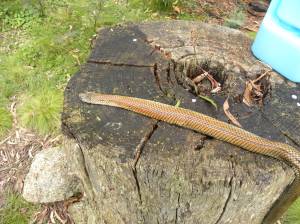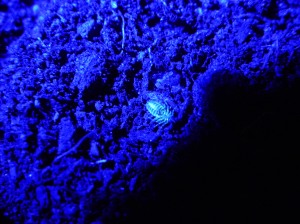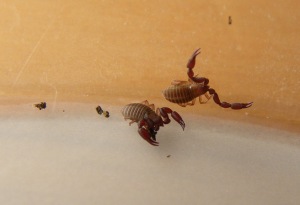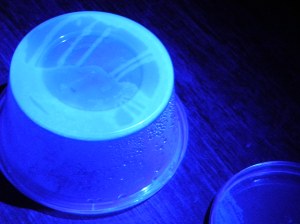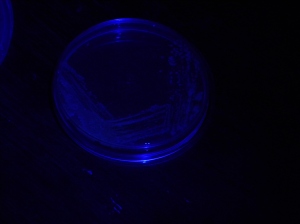We tend to see extinction as a bad thing, particularly a native species in its native habitat. If you don’t think human caused extinction is a bad thing – perhaps you should reconsider.
So what if the species going extinct is ‘not a nice’ species, and what if we are making it extinct deliberately? The question has been asked regarding smallpox virus which now exists only in the preservation freezers one or two highly secure labs. People who understand the complexity of the web of life and the importance of complex ecosystems as critical to human survival do see this as a serious question.
One website – considered satirical by some – is dedicated to saving the Guinea worm, Dracunculus medinensis a human parasite that to the uninitiated seems a bit unpleasant. Should we deliberately make extinct species such as this? Is there a difference between genocide of a virus and a multicellular organism? Who should be considering the question? Should we call it gene-icide, nucleotide-icide or just speciecide? Or should the decision just be left in the hands of the missionaries, healthcare workers and locals who suffer the consequences of the particular parasite or pest or inconvenience?







